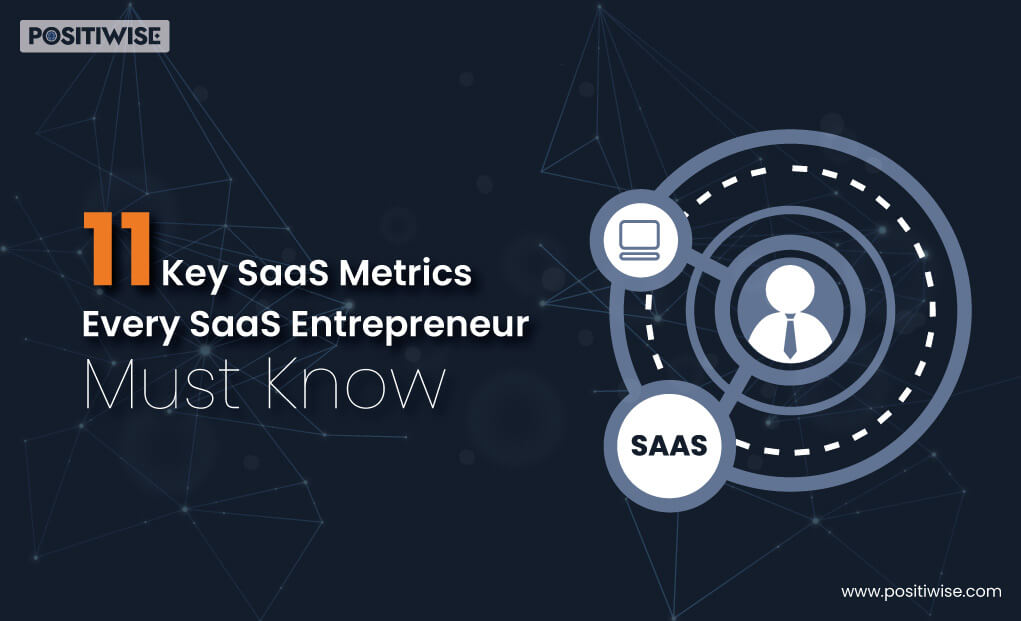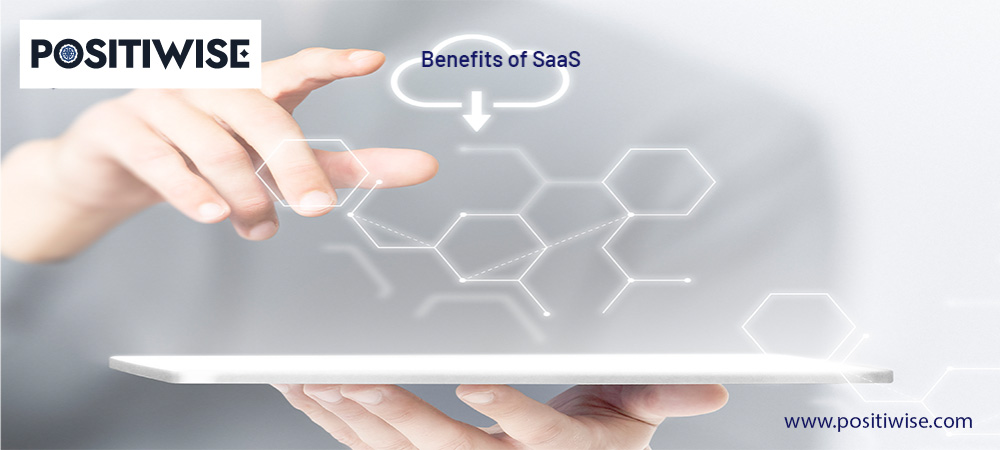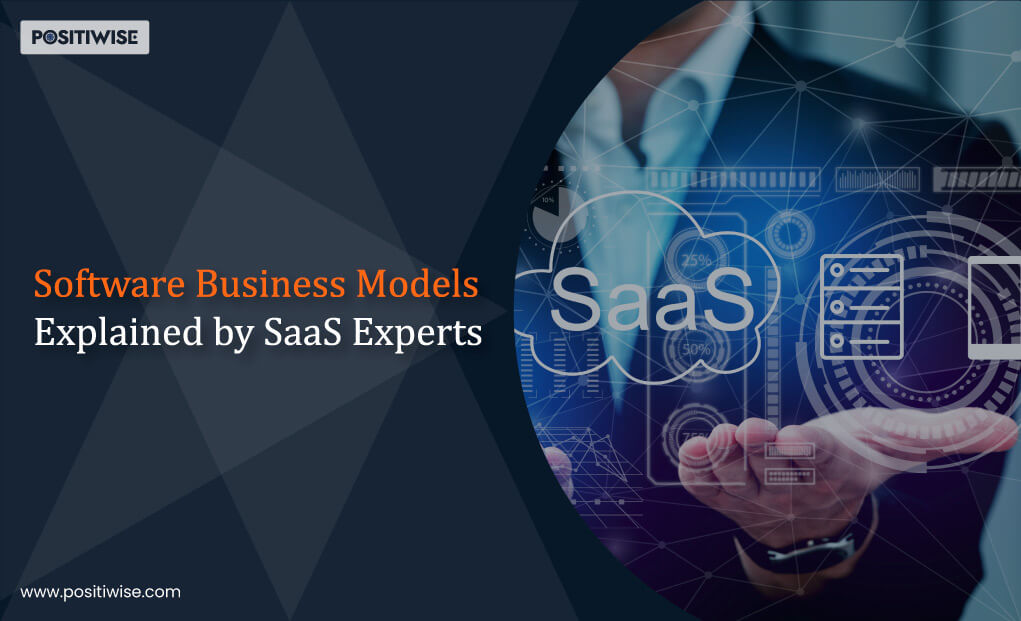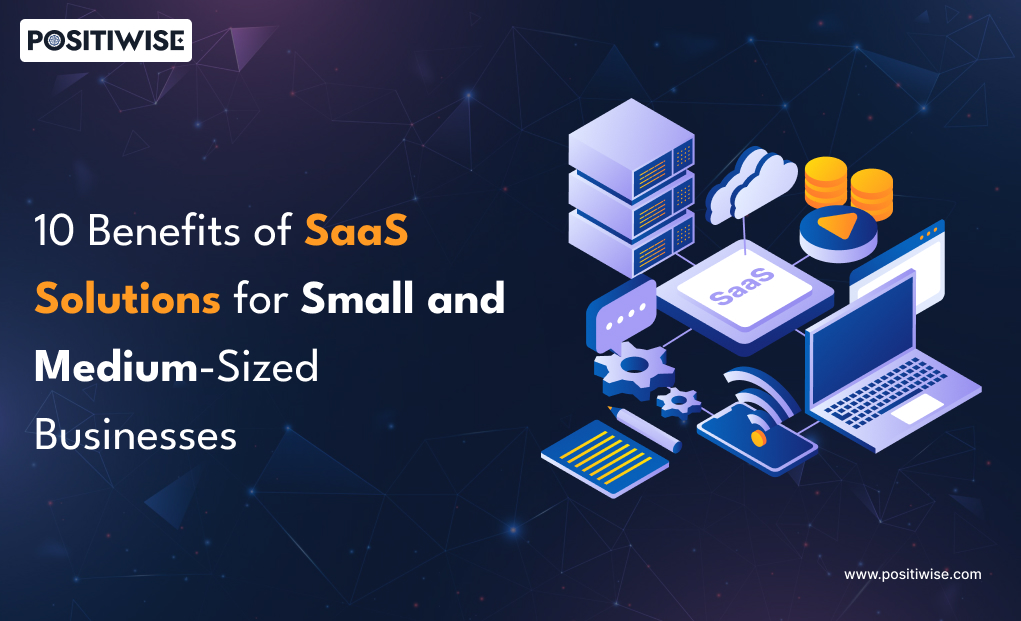Quick Overview:
If you’re a SaaS entrepreneur, understanding the key SaaS metrics that guide your journey is not just necessary – it’s like having a dependable map showing you the way through unfamiliar areas or troublesome times. The 15 SaaS metrics discussed in this article are more than just numbers; they’re like the basic benchmarks (tools) you need to make informed and smart decisions leading to progress and success.
Navigating the Software as a Service (SaaS) world requires understanding the numbers, which are the key to growing instead of staying the same. Whether the goal is to get new customers or nurture the existing ones, manage money well, or get more prominent over time – all of this can be achieved and taken care of by harnessing the potential of SaaS metrics.
What exactly are SaaS metrics?
SaaS metrics like customer churn, NPS, revenue churn, etc., are important performance indicators that measure or gauge the health and success of a SaaS business model. In lay terms, they are benchmarks that help SaaS entrepreneurs comprehend different aspects of the business. Out of various aspects, two of the essential aspects that these metrics inform about are:
- Whether the business is thriving and heading toward success or
- Facing challenges.
By using these metrics, stakeholders, investors, etc., can make informed decisions and design or readjust their strategies to achieve growth and success.
Most Important 11 Key SaaS Metrics
If you are trying to comprehend how well your SaaS business is doing, there are certain metrics that stand out and must be utilized to acquire a clearer picture. Some of such metrics are:
- CAC:LTV Ratio
- Revenue Churn
- Customer Churn
- Customer Health Score
- Lead-to-Customer Rate
- Months to Recover CAC
- Customer Lifetime Value
- Leads by Lifecycle Stage
- Qualified Marketing Traffic
- Customer Acquisition Cost
- Customer Engagement Score
Let’s explore each of these in detail.
1. CAC:LTV Ratio
The Customer Lifetime Value to Customer Acquisition Cost (LTV/CAC ) ratio helps you comprehend the relationship between:
- The value a customer generates throughout their lifetime
- The cost incurred to acquire that customer.
This ratio helps businesses assess the effectiveness of their customer acquisition efforts in relation to the value those customers bring over time. To calculate the LTV/CAC Ratio, you divide the Customer Lifetime Value by the Customer Acquisition Cost.
2. Revenue Churn
Revenue churn, or monthly recurring revenue (MRR), is typically shown as a percentage. This metric measures the financial impact of losing business (customers) over time and can be calculated by comparing the revenue lost from subscription cancellations, downgrades, etc., in a specific period with the revenue available at the start.
The formula to calculate net revenue churn is: ((Churned MRR – Expansion MRR) ÷ MRR at the Beginning of the Period) * 100)
3. Customer Churn
Customer churn is among the best SaaS metrics for a growing business to evaluate. This metric tracks the rate at which customers are leaving your service and can be derived by dividing the number of customers you lost during that period (say – by the end of a month) by the number of customers you had at the beginning. You can implement strategies to improve customer retention and satisfaction by understanding the reasons behind churn.
The formula to calculate churn rate: (Lost Customers ÷ Total Customers at the Start of time) x 100
4. Customer Health Score
Think of the Customer Health Score as a report card for how happy customers are with a business, especially in terms of software, service, etc. It’s one of the SaaS marketing metrics that predicts whether customers might stop using the service (might be at risk of churning) or if there’s an opportunity for upselling. It’s like seeing signs of a friend getting upset before they decide to leave or spotting a chance to give them something they would like.
5. Lead-to-Customer Rate
The lead-to-customer conversion, or sales conversion rate, notifies us how many people interested in our stuff bought it. This metric helps us figure out – Is how we sell things working? Do we need to change our strategy? If the sales conversion rate score is high, it means your team and plans for selling are doing a great job.
The formula to calculate lead-to-customer rate: (Total number of leads ÷ Total number of visitors) x 100
Accelerate Your Business with Custom Software Solutions
Struggling with outdated or ineffective software? Our expert team provides custom systems designed specifically for your business needs. We analyze your operations, build solutions to fit your workflow, and integrate with existing infrastructure.
6. Months to Recover CAC
Months to Recover CAC, also called the CAC Payback Period, is a helpful metric that guides businesses in optimizing their spending and understanding when their customer acquisition efforts transition from being an investment to being a source of revenue and profit. In lay terms, the metric answers this question – “How many months would a business take to earn back the money it paid to acquire a new customer?”
The formula to calculate Months to Recover CAC: (Customer acquisition cost ÷ (Monthly recurring revenue * Gross margin)
7. Customer Lifetime Value
Customer Lifetime Value (CLV), also known as the Customer Lifetime Value (CLTV) metric, helps businesses make an informed (intelligent) guess about how much money they could make from a customer over the entire duration of their association. This metric considers the mentioned cases to find out the same:
- What did the customer buy first?
- What did they buy later?
- For how long will the customer stay connected with the company?
Simply put, CLTV gives businesses a sneak peek into how much they could expand by keeping customers happy and sticking around for a while.
8. Leads by Lifecycle Stage
SaaS businesses utilize the Leads by Lifecycle Stage metric to categorize potential customers or leads based on where they are in their journey toward becoming paying customers. The leads go through “n” number of engagement and decision-making stages before finally making a purchase. These stages often include initial interest, further research, evaluation of options, and eventually making a decision.
The specific definitions of these stages can vary from one business to another, but they generally involve categorizing leads into segments such as:
- Marketing Qualified Leads (MQLs): These are leads who have shown some level of interest and engagement with a company’s marketing efforts. They might have downloaded content, subscribed to a newsletter, or interacted with social media.
- Sales Qualified Leads (SQLs): These leads have progressed beyond the initial stage and are deemed more likely to make a purchase. They might have engaged with sales representatives, expressed specific interest, or requested more detailed information.
9. Qualified Marketing Traffic
Qualified Marketing Traffic denotes a particular group of people who visit a website or online place and are likely to become customers as they are interested in what the website offers. This type of traffic comes from special marketing efforts that aim to attract people who match the ideal customer and are really interested in the products or services.
10. Customer Acquisition Cost
The Customer Acquisition Cost is one of the best SaaS metrics as it aids businesses in comprehending – “How much they are investing in acquiring each new customer?” By monitoring the CAC metric, businesses can adjust their marketing strategies and investments in order to ensure they are getting the best return on their investment. If the CAC is too high, they have to find a less expensive way than the one they are currently using to attract customers. Whereas if the CAC is low, it indicates that the marketing efforts being used are efficient.
Let’s simplify this with an illustration: Consider a company that invested $10,000 in advertising, sales team salaries, etc., within a month. In that very month, the company was able to acquire 100 new customers. To compute the CAC, you will divide $10,000 by 100, resulting in $100. Hence, the CAC for that specific month amounts to $100.
11. Customer Engagement Score
A Customer Engagement Score metric is utilized by businesses, particularly in the SaaS industry, to quantify how engaged your customers and free trial prospects are. To accomplish this, the metric considers various factors like:
- The frequency of customer logins
- Product usage patterns
- Interactions with features, etc.
Customers are more involved and satisfied if the customer engagement score is higher. After evaluating the score, businesses can easily recognize the customers who are using their services on a regular basis and the customers who might stop using their services. By analyzing such info, businesses are able to deploy appropriate strategies that can assist them to grow.
SaaS Metrics That Matter
In the preceding segment, we delved into a multitude of crucial growth metrics deserving the keen focus of any SaaS enterprise. Yet, there are three additional growth metrics that are yet to be explored.
Recurring Revenue
Recurring revenue is a constant flow of cash coming in regularly from all your clients who use your software. It is essential for SaaS businesses as they offer software on a subscription basis, with users paying monthly fees, and knowing anticipated yearly revenue helps them plan for the future. Two approaches to consider for this metric:
- Monthly Recurring Revenue (MRR) that answers – “How much money you’ll get in a month?”
- Annual Recurring Revenue (ARR) that answers – “How much money can you make in a whole year?” (You can get ARR by multiplying MRR by twelve (12).
Hence, by analyzing recurring revenue metrics, businesses can make more money and become more successful.
Expansion Revenue
Expansion revenue refers to extra money from customers already using your business’s product or service. This extra money goes beyond what they initially paid to subscribe. It can happen when they decide to purchase extra things (like upgrades or add-ons) or if they decide to switch to a higher-priced subscription.
To calculate expansion revenue, you want to keep a close eye on the extra money from upselling, cross-selling, and add-ons to know if your business is getting bigger. Calculating expansion revenue is easy: subtract the money you get monthly at the end from the money you get at the month’s beginning. Then, divide that result by the money you got at the beginning and multiply by 100 to get a percent. It got confusing, right? Fret not; here’s an example:
If you started with $1000 initially and ended up with $1200 at the end, the expansion revenue would be ((1200 – 1000) / 1000) * 100 = 20% expansion revenue.
Net Promoter Score
Ever wonder how happy your customers are with your company’s SaaS services? That’s where the Net Promoter Score (NPS) comes in – it is like a report card for customer satisfaction. Rather than grades, it utilizes numbers and words to analyze how people feel about their experience with your business.
SaaS businesses can ask their customers to rate their experience on a scale and share a quick note explaining their rating. By doing so, you get a two-in-one insight – numbers plus words. By analyzing the user’s score, you can track whether their happiness is on the upswing or not. If it’s not or is dipping every month, fret not – the customer comments can guide you to the exact issue.
In lay terms, SaaS businesses consider NPS as their compass to navigate customer satisfaction. It goes beyond mere numbers – it’s about active listening, continuous enhancement, and guaranteeing that your customer’s smile stays bright.
Conclusion
Like traditional KPIs, comprehending, measuring, and improving the SaaS metrics mentioned above will help enterprises gauge their institution’s success and effectively equip them for a sturdy economic future. Remember these best practices when using these metrics to measure your SaaS company’s performance – determine what to measure based on your goals, understand the logic behind the numbers to uncover root causes, use a data-driven approach, and adopt a “crawl-walk-sprint” process to avoid data-driven mistakes.
Expert in Marketing Strategy and Brand Recognition
Jemin Desai is Chief Marketing Officer at Positiwise Software Pvt Ltd, he is responsible for creating and accelerating the company’s marketing strategy and brand recognition across the globe. He has more than 20 years of experience in senior marketing roles at the Inc. 5000 Fastest-Growing Private Companies.






